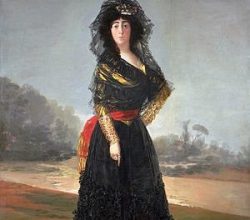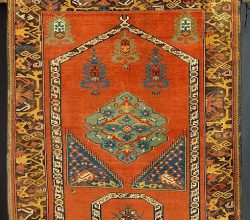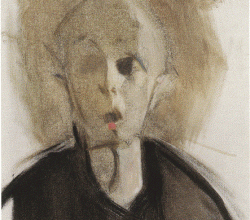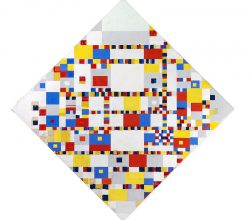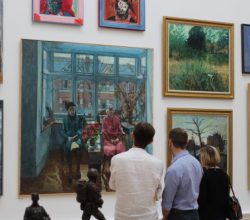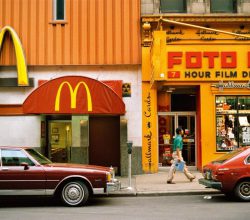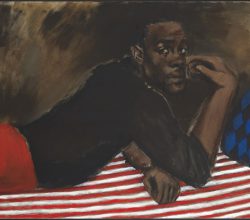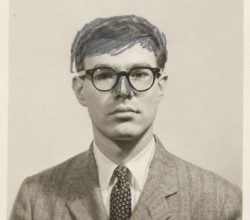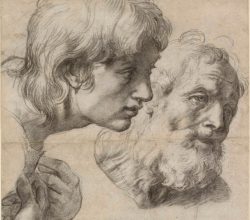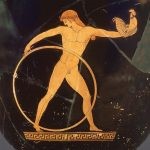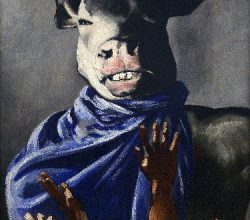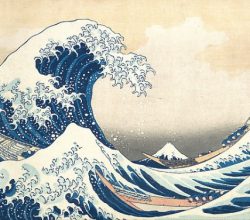
Hokusai: Beyond the Great Wave review – the mastery simply amazes
Laura Cummings | The Guardian | 28th May 2017
The writer seems awe-struck by this London show. Hokusai felt his art developed as he aged – he was over 70 when he produced “The Great Wave”. His technical mastery and a focus on everyday life helped make his art globally influential – Degas and Monet both owned his prints. “[The] technical mastery of the woodblock print, so intractable, simply amazes. Nothing visible or invisible is beyond his art’s reach.”
Image: Metropolitan Museum

